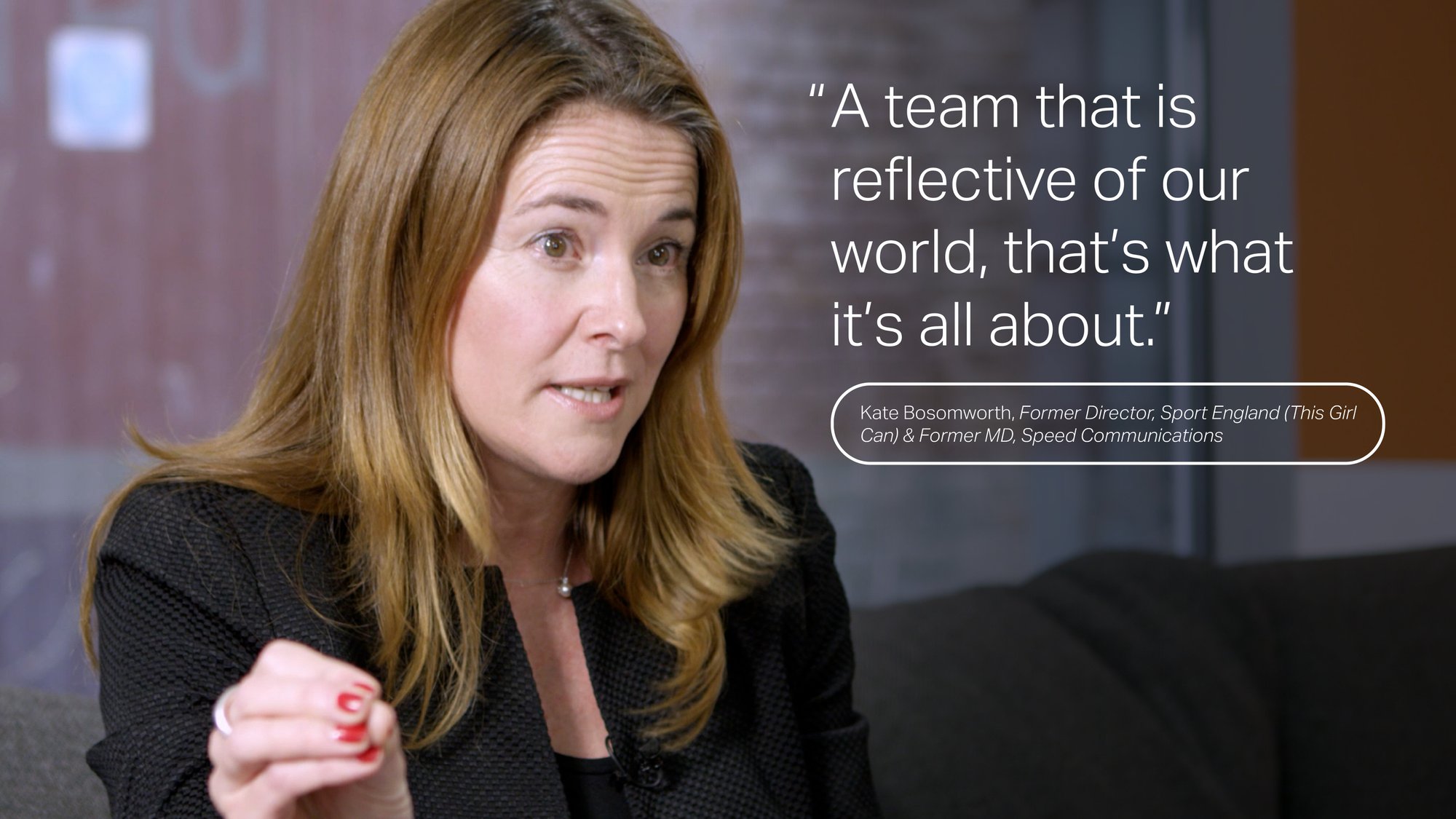5 ways to create a more sustainable business strategy

As 2024 picks up pace, sustainability is probably inching its way to the forefront of your mind (if it wasn’t there already).
One of your new year's resolutions could be to take part in Veganuary. Or maybe it’s to recycle more. From an individual perspective, these are both decent choices and can be easily actioned. For example, you can commit to becoming more selective with the food you buy or be more disciplined in cleaning and drying your plastics, before putting them in the recycling bin.
But the steps for a brand whose 2024 mission statement is to be more sustainable may not be as straightforward, which means creating a sustainable business strategy is key.

1. Practice what you preach
Brands in 2024 know that sustainability needs to be a top priority. As William Sisson notes, sustainability has ‘undergone a seismic shift from a niche concern to a mainstream imperative’.
Picture this: your brand releases a mission statement that outlines what you’re going to do to combat the climate crisis. You upload it onto the company website, and sent it out in mailers to clients. But there’s no plan as to how these goals and aspirations will ever come to fruition. Because no one has spoken about how it’s going to happen internally…
However ambitious your brand is, you’ve got to back it up with solid action. Transparency is key.
As highlighted by Ashley Reichheld, John Peto, and Cory Ritthaler in Research, Consumers’ Sustainability Demands, consumers want to buy from a sustainable company. Equally, clients and competitors are on high alert and actively looking to partner with and learn from brands they can trust. Many companies are using sustainability tools and platforms like EcoVadis to monitor their clients' efforts.
Don’t bite off more than you can chew and ensure that you can provide the evidence to back the claim. By uploading your metrics onto these platforms you’ll get achieve a competitive advantage over other company’s who may not be hitting the mark. And it will help to boost your reputation, which is never a bad thing!
2.Get your whole team on board
To start off, you’ll need full backing from your business leaders, as research in How Sustainability Efforts Fall Apart by Elisa Farri,Paolo Cervini,and Gabriele Rosani suggests. And once you have them on side, you can set to work getting everyone in your team engaged.
You’ll find that there is a lot of work to be done, which is not humanly possible for one person to do alone. So you’ll need to share the load amongst your team.
So how can you get everyone involved?
Highlight the importance of global sustainability and bring it back to your brand.
You can do this in team meetings, or in one-to-one sessions with colleagues. Weave it into your brand strategy, let it underpin your projects.
Find sustainability practitioners to present talks in your office, challenge your team to try vegetarianism for a week each month. If you start with the small stuff, in a fun and engaging way, it will be easier to encourage employees to think about sustainability in all facets of their life- work included.
3. Set clear goals
Gary Steele reminds us in his article for Forbes, that analysing your sustainability data is vital to solidify a framework. Once you know what you’re working with, you’ll have a clearer idea of where you need to be.
When you have this data, or at least some of it (remember, you’ve got to start somewhere) then you can start planning where you want to be.
Identifying key focus areas will help you streamline your goals e.g. our company uses a lot of gas and electricity in our London office, how do we reduce our outputs?
- LinkedIn is a great way to pick up handy tips and tricks to help you build your sustainable business strategy; a simple search provides valuable intel and provides a platform where you can share your ideas with others across the globe.
- Set up weekly meetings with team members to start defining your goals and how to achieve them. These can be informal if time is not on your side and calendars are full.
- Align your sustainability goals with the overall business goals and report back to leadership for sign off.
4. Make a work strategy
Making your brand more sustainable is a project, the hard graft behind it isn’t something you can easily dip in and out of. It needs a heads down approach, with time and resources behind it.
You might be finding that there just aren’t enough hands on deck and schedules aren’t aligning. Committing to sustainability is ongoing, and many different people might be picking up the project in years to come.
So you need to have a secure strategy in place.
Make a platform or database with all the data you’ve gathered so far. Include a spreadsheet with who has been working on what, and what is left to do. Document everything so that you can spot the gaps and celebrate the progress.
This way, if person A is too busy, they can easily pass it on to person B, with minimal handover. This will cut out any faff and lay the groundwork for future success.
5. Ease into it
Start small and build up.
Remember, this is an ongoing project- a commitment, and it takes time. Make a list, define your KPI's, set realistic goals, analyse the data you already have, enrol in sustainability programmes, monitor your progress and set a realistic timeframe.
You don’t have to achieve all your goals in one year – most brands and businesses won’t. But getting a solid sustainable business strategy in place will help you clarify your journey and keep you accountable.
If you’d like support on building your sustainability strategy, get in touch!





